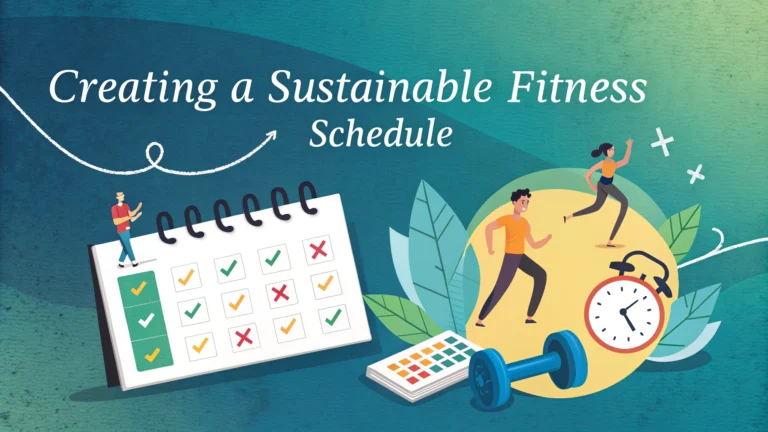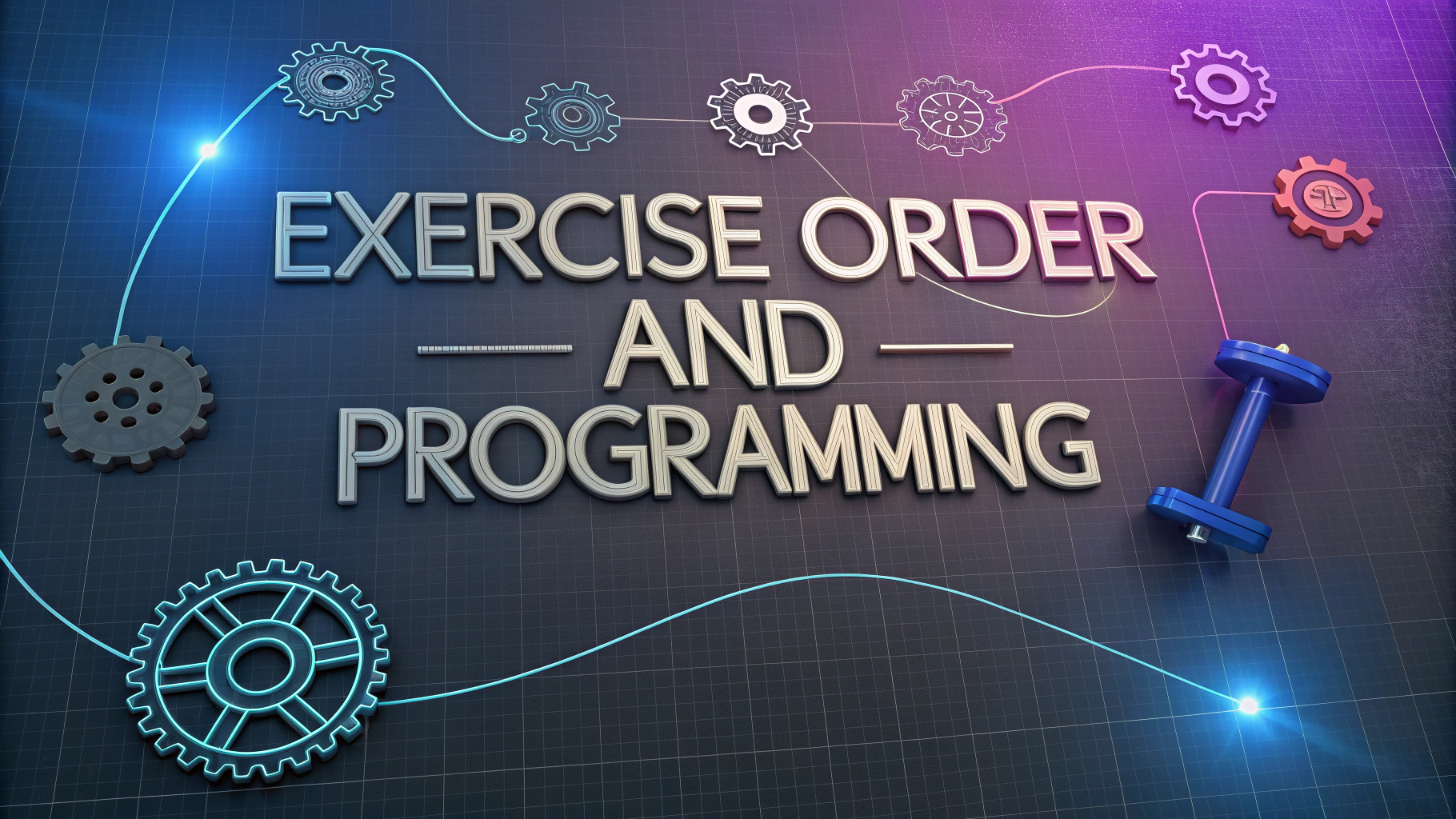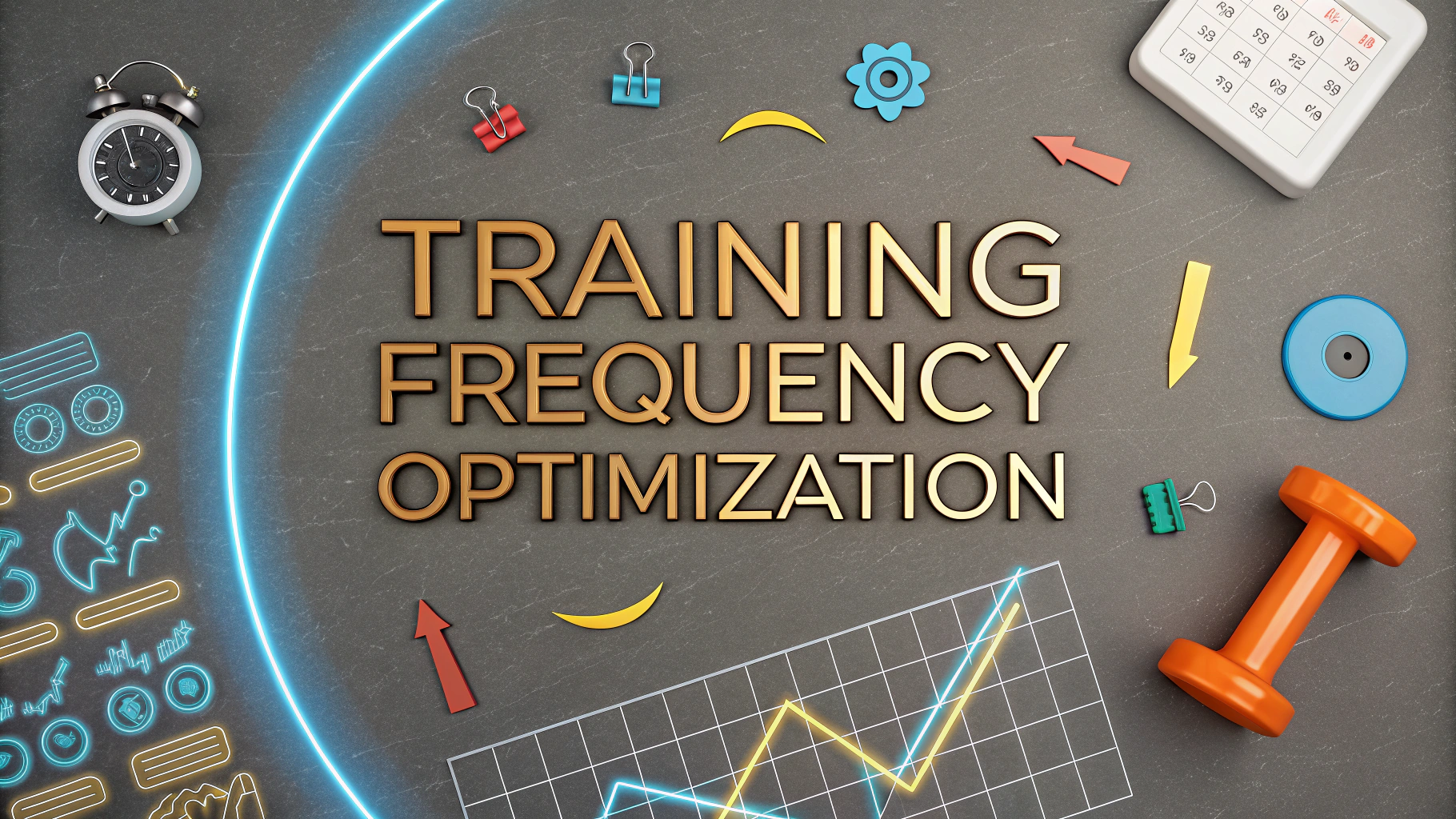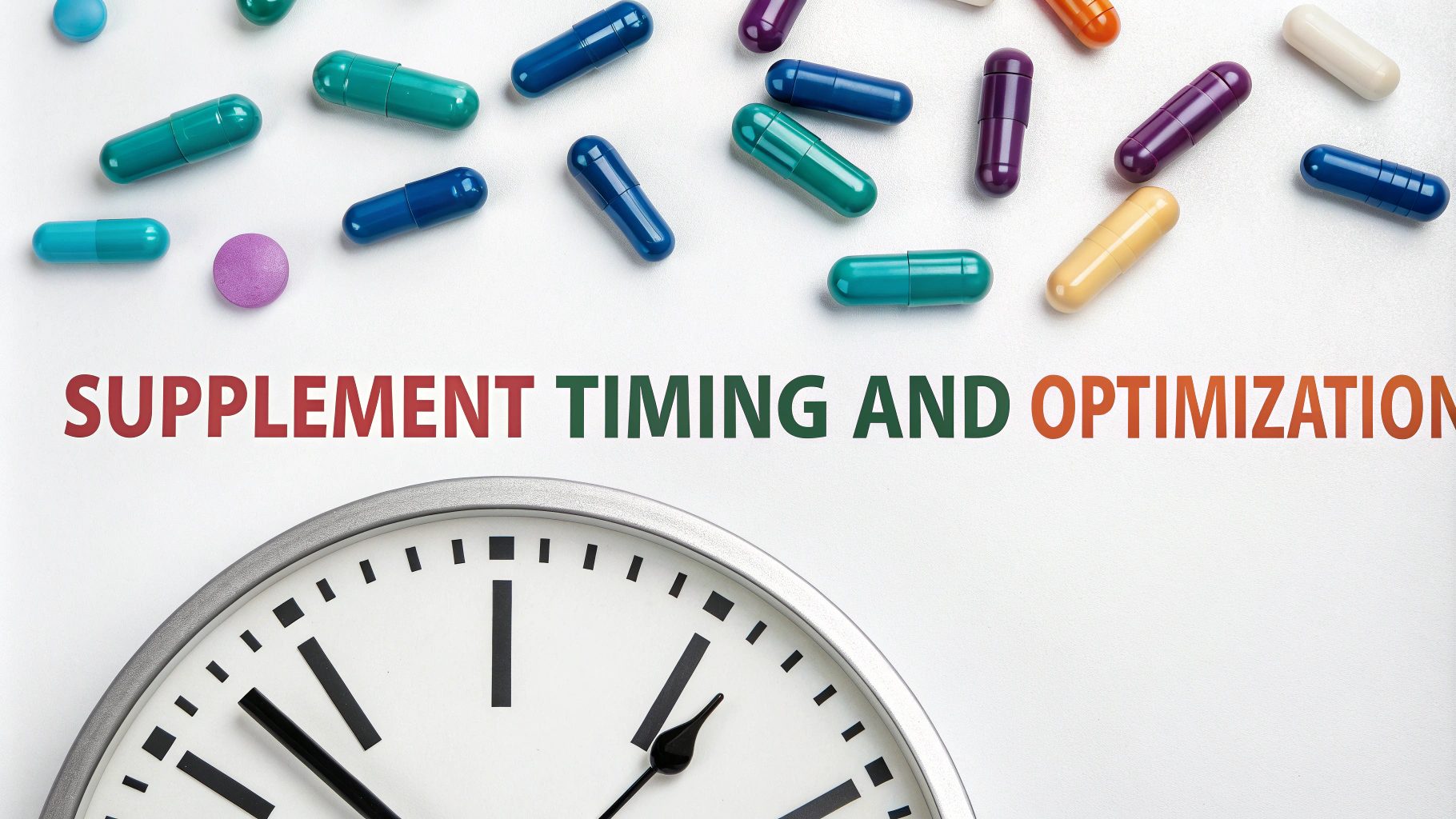Building a fitness routine you can actually stick to means finding the sweet spot between challenging yourself and staying realistic about your schedule.
Understanding Your Schedule First
Take an honest look at your weekly commitments and mark out potential workout slots that won’t clash with work, family time, or other responsibilities.
- Early mornings (5-7 AM)
- Lunch breaks (12-1 PM)
- Evening slots (6-8 PM)
- Weekend mornings
Weekly Workout Structure
A balanced weekly fitness schedule might look like this:
| Day | Activity | Duration |
|---|---|---|
| Monday | Strength Training | 45 min |
| Tuesday | Cardio | 30 min |
| Wednesday | Rest/Light Stretching | 20 min |
| Thursday | Strength Training | 45 min |
| Friday | HIIT or Cardio | 30 min |
| Weekend | Active Recovery (walking, swimming) | Flexible |
Making It Stick
Pack your gym bag the night before and place it by the door.
Schedule workouts in your calendar like any other important appointment.
Find a workout buddy who can hold you accountable (Meetup.com is a great place to start).
Nutrition Support
Prepare meals in advance to support your workout schedule:
- Pre-workout: Light carbs 1-2 hours before exercise
- Post-workout: Protein within 30 minutes
- Regular meals: Every 3-4 hours
Rest and Recovery
Schedule at least one full rest day per week.
Aim for 7-8 hours of sleep each night to support muscle recovery and maintain energy levels.
Adjusting Your Plan
Review and adjust your schedule every month based on progress and lifestyle changes.
Track your adherence using apps like MyFitnessPal or Strava.
Emergency Backup Plans
Keep these alternatives ready for when life gets in the way:
- 15-minute home workout routines
- Lunch break walks
- Quick YouTube workout videos
- Office stretching sequences
Contact a certified fitness trainer through ACE Fitness for personalized schedule planning.
Equipment Essentials
Start with basic equipment that fits your space and budget:
- Resistance bands
- 1-2 sets of dumbbells
- Exercise mat
- Comfortable athletic shoes
Progress Tracking
Document your fitness journey effectively:
Weekly Metrics
- Number of completed workouts
- Energy levels during exercises
- Weight and measurements (if relevant)
- Strength improvements
Building Long-Term Habits
Create triggers that make exercise automatic:
- Morning routine connection
- Post-work decompression
- Weekend social activity
Motivation Maintenance
Keep inspiration levels high through:
- Progress photos
- Achievement celebrations
- Milestone rewards
- Community involvement
Conclusion
Success in fitness comes from creating a sustainable routine that fits your life. Start small, build gradually, and focus on consistency over perfection. Remember that any movement is better than no movement, and your plan should evolve as your life changes.
Regular evaluation and adjustment of your fitness routine ensures long-term success and continued progress toward your health goals.
FAQs
- How many days per week should I exercise for optimal results?
For most adults, aim for 3-5 days of exercise per week, combining both strength training and cardiovascular activities. Allow at least one full rest day between intense workouts to prevent overtraining and enable proper recovery. - What’s the ideal duration for workout sessions?
Most effective workouts last between 45-60 minutes. High-intensity sessions can be shorter (20-30 minutes), while moderate-intensity activities can extend to 90 minutes, depending on your fitness level and goals. - Should I do cardio before or after weight training?
If both are part of your routine, perform weight training first when you’re fresh and have maximum energy for proper form. This helps prevent injury and maximizes strength gains. Complete cardio afterward for optimal fat burning. - How do I maintain workout consistency while juggling a busy schedule?
Schedule workouts like important meetings, prepare workout clothes the night before, and consider morning sessions before daily obligations begin. Start with 2-3 days per week and gradually increase as the routine becomes habitual. - What should I eat before and after workouts?
Pre-workout: Consume easily digestible carbs and protein 1-2 hours before exercise (e.g., banana with peanut butter). Post-workout: Eat protein and carbs within 30 minutes (e.g., protein shake with fruit or lean protein with rice). - How can I prevent workout burnout?
Vary your routine every 4-6 weeks, include recovery days, maintain proper sleep hygiene (7-9 hours), and adjust intensity based on energy levels. Listen to your body’s signals and avoid overtraining. - What’s the minimum exercise time needed to maintain fitness?
Adults need at least 150 minutes of moderate-intensity or 75 minutes of vigorous-intensity aerobic activity weekly, plus strength training for major muscle groups twice weekly, according to the World Health Organization. - How do I track progress effectively?
Use a combination of methods: take measurements every 4-6 weeks, track workout performance (weights, reps, time), take progress photos monthly, and maintain a workout journal to record energy levels and achievements. - When should I modify my fitness routine?
Adjust your routine when you stop seeing progress (usually every 4-8 weeks), experience persistent fatigue, develop new goals, or when life circumstances change significantly affecting your available time and energy. - How do I balance strength training and cardio in my schedule?
Plan 2-3 strength training sessions and 2-3 cardio sessions weekly, spacing them appropriately. For example: strength on Monday/Wednesday/Friday, cardio on Tuesday/Thursday, rest on weekends.







